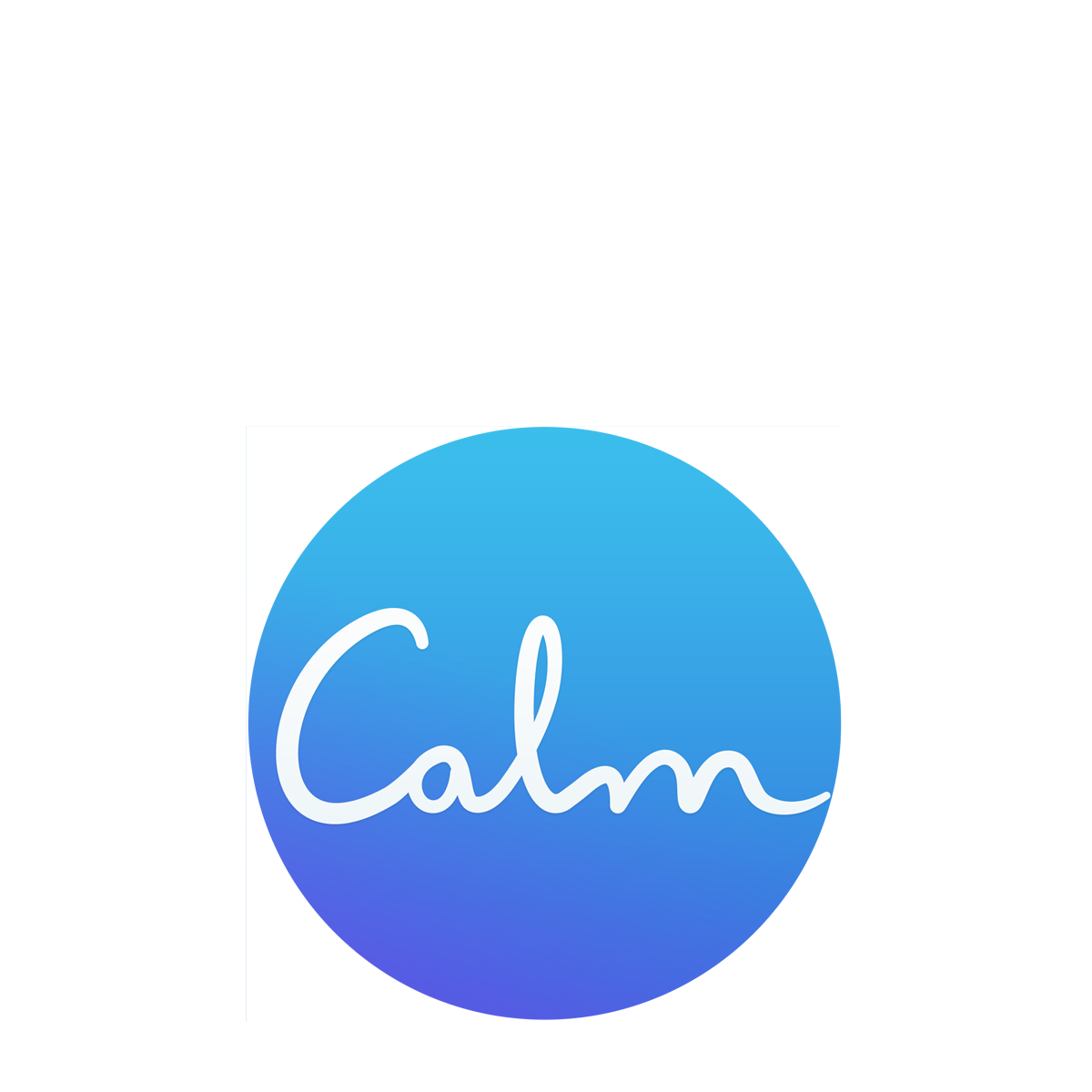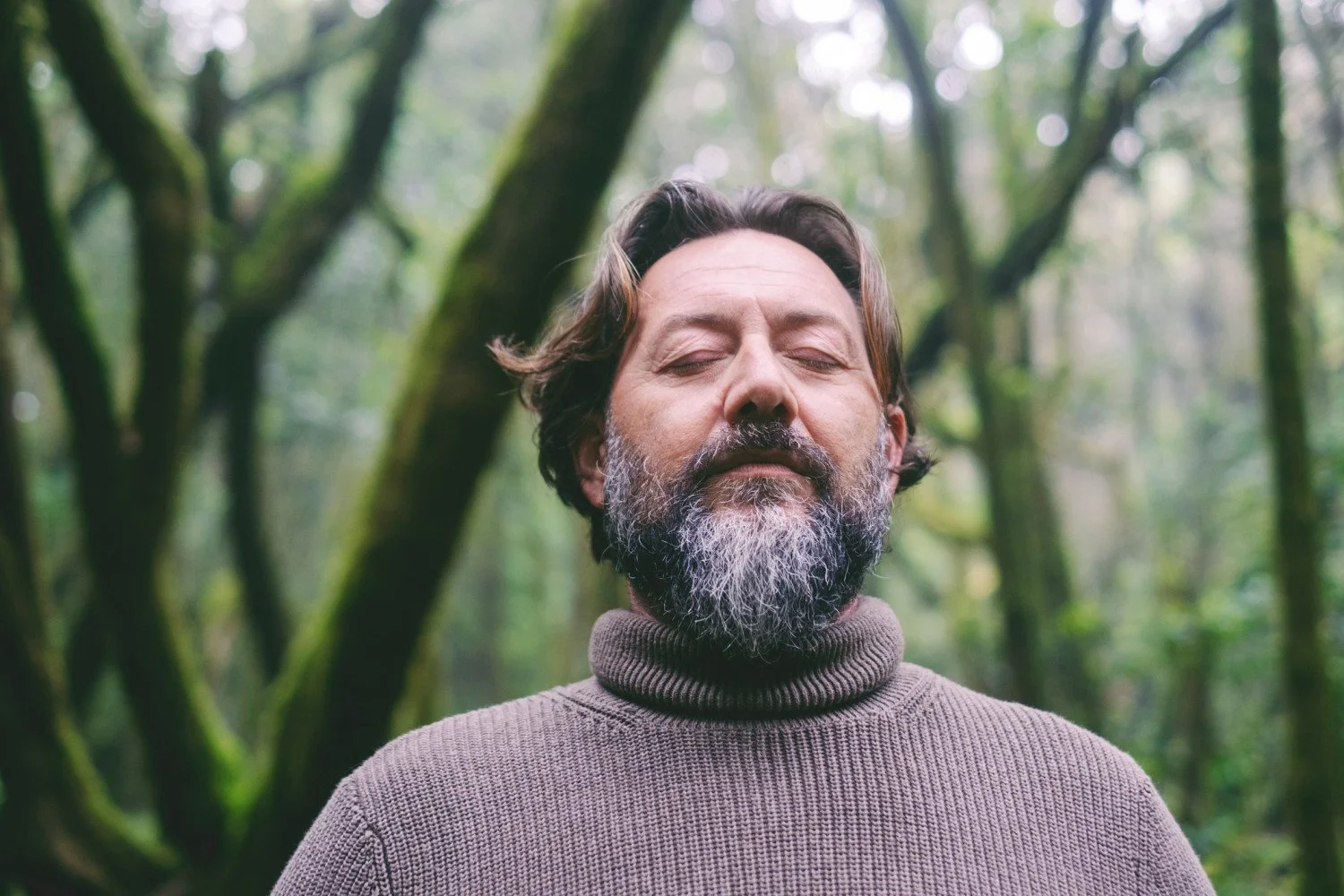Meditation for headaches and migraines
Headaches and migraines are a (literal) pain. Try our 5 meditations and other mindfulness practices for quick pain relief and long-term headache prevention.
Whether it's a subtle pain or an overwhelming migraine, a headache can quickly turn a good day upside-down. There are lots of remedies available—from over-the-counter meds to lying in a dark room. But what about meditation? While it might not be the first solution that comes to mind, many find mindfulness practices, including meditation, can ease symptoms.
Does meditation really help headaches?
There's a growing body of evidence that meditation can help with headaches, for example:
In a study published in the Journal of Neuroscience in 2015, researchers found that meditation could decrease the intensity of pain by over 25%.
A 2020 study found that mindfulness meditation improved migraine-related disability, quality of life, self-efficacy, pain catastrophizing (how helpless one feels), and depression.
But why is this the case? The link between our mind and body has been studied by medical professionals and researchers for years and what they’ve discovered is that our minds play an integral role in how we perceive and process physical pain.
By meditating, we're training our minds to be more resilient and teaching ourselves to redirect our focus away from pain, tapping into a sort of mental safeguard. Meditation can also bring about physiological changes—like reduced heart rate and lower cortisol levels—that can help in minimizing pain.
Of course, meditation is unlikely to banish every headache, but it offers a promising, holistic approach that addresses not just the symptoms but the underlying causes and our perception of them.
The benefits of meditation for headache and migraine relief
Headaches and migraines aren't just about pain. They're intertwined with our mental state, life's stresses, and even the structure of our brains. Here are some of the ways meditation can help when it comes to relieving pain from headaches and migraines.
1. Meditation helps you manage stress and anxiety
Modern life is filled with stressors. It's no wonder your head feels like it’s in a vice sometimes. However, meditation can become an antidote to stress. By helping you become more present and cultivating a calm inner space, meditation can lower the heightened stress hormones that are often behind those persistent headaches.
2. Meditation can support brain development
Think of your brain as a muscle. Just as lifting weights can tone your arm muscles, meditation can actually work out parts of your brain. Research has shown that consistent meditation can increase the gray matter in areas linked to pain management.
3. Meditation can help chemical imbalances
Chemicals or neurotransmitters in the brain play a pivotal role in mood, chronic pain, and headaches. Meditation helps balance the brain's chemistry, especially by balancing serotonin and dopamine (feel-good neurotransmitters).
4. Meditation enhances self-awareness
Ever been surprised by a sudden headache? Meditation improves your self-awareness, helping you pick up on early signals of an impending headache. This means you can address it proactively, perhaps by taking a break, hydrating, or just finding a quiet place to relax.
5. Meditation can improve your sleep
Poor sleep is well-known for triggering headaches. As you meditate more, you'll likely find that drifting off to sleep is easier, and you wake more refreshed. And a well-rested brain is often a headache-free brain.
So next time your head starts pounding, and you feel that familiar tension setting in, remember: meditation isn’t just about finding inner peace. It’s about unlocking a toolbox of benefits that can ease headaches.
How a mindfulness practice can help prevent headaches and migraines
Mindfulness has many benefits, including helping to both ease the pain of migraines and reduce how frequently they occur. And while headaches and migraines can be complex and influenced by various factors, incorporating mindfulness into your daily routine could be a step in the right direction.
Remember, while meditation offers many benefits, discuss recurring migraines with a medical professional to ensure you're taking a comprehensive approach to your wellbeing.
5 things to remember as you start a mindfulness practice
1. Manage stress (it’s a migraine magnet)
For some people, migraines or headaches happen after a particularly taxing day or a stressful event. Fortunately, mindfulness and meditation can be a great stress-busting tool, helping you through life's challenges with a little more ease. That’s because focusing on the present moment reduces the production of cortisol, our primary stress hormone. And less cortisol could translate into fewer headache and migraine triggers.
2. Keep your mindfulness practice consistent
Starting with mindfulness might feel like picking up a new hobby. It can be challenging initially, but as with any skill it gets easier — and more rewarding — over time. Even a few minutes of mindfulness each day can make a significant impact, so start your journey with 10-minute daily sessions, then adjust the duration as you progress.
3. Create a mindfulness ritual
Make your mindfulness practice a regular habit by carving out a specific time each day. Maybe it's right after your morning coffee or during that afternoon slump. Find your sweet spot and stick to it — setting a reminder on your phone can be a good prompt. Plus, using Calm can make your sessions more structured and engaging.
4. Integrate mindfulness and meditation into your day
Aside from scheduled sessions, sneaking moments of mindfulness into your day can be a game-changer. It's like adding little pockets of calm in your routine. Stuck in traffic or waiting for a bus? Take the opportunity to focus on your breathing or the sensations around you. Turning these daily irritations into mini-meditation moments can make a big difference in your overall stress levels.
5. Celebrate the small wins
As with any new habit, it's essential to recognize and celebrate your progress. Maybe you've noticed fewer tension headaches or found it easier to cope with challenging situations. These are signs that your mindfulness practice is working. Remember, it's not about perfection but progress. Some days will be easier than others, and that's okay. The key is to keep going.
5 meditations for pain relief from headaches and migraines
If you’re looking to relieve pain from headaches or migraines, these meditations may help. But while meditation can be a great tool, it's essential to listen to your body. If you're facing persistent or severe headaches, consult with a healthcare professional.
1. Mindfulness meditation
By focusing on a calming voice and envisioning a peaceful scenario, like a verdant forest, you can divert your mind from pain and let relaxation in. And if you're struggling to sleep because of a headache, our guided meditations can help you drift off.
💙 To learn how to focus meditation specifically for migraines, check out our Headache and Migraine Release program for tailored sessions.
2. Focused meditation that includes the noting technique
Distraction is a potent remedy for headaches. In focused meditation, you'll concentrate on a particular sound, object, or affirming phrase, helping divert your mind away from discomfort.
💙 Try Calm's Untangling Physical Pain to hone this technique.
3. Loving-kindness meditation
At times, frustration or resentment can amplify pain and other times pain can amplify frustration and resentment. Loving-kindness meditation can guide you towards sending out love and positive vibes, not just to others, but to yourself too. It's a warm, fuzzy feeling that can ease the tension from your temples.
💙 Give our Loving-Kindness Meditation a try to develop warmth, compassion and love for yourself and your pain.
4. Deep breathing exercises
Your breathing can become shallow when you're in pain. Deep, mindful breathing can act as a gentle massage for your brain, increasing oxygen flow and possibly easing headache intensity, plus it’s a great distraction from the discomfort if you’re counting out how long to inhale, hold, or exhale. To try it, take a moment to close your eyes and focus on each breath in and out.
💙 You can also use our Breathe Bubble to help guide you through some breathing practice.
5. Visualization techniques
Sometimes, imagination is the best distraction. Visualize the pain as a color or shape. Now, imagine it slowly fading, shrinking, or changing into a more pleasant form. This technique can be very effective when it comes to relieving headaches.
💙 Try combining visualization with one of our soundscapes like Night Desert, or peaceful playlists like Chopin in the Rain to enhance the experience.
Meditation for headaches FAQs
Q: Which meditation is best for headaches?
The best meditation can vary from person to person, based on preference and what they find most calming. Try a variety to find out which ones suit you most, like body scan, focused, or loving-kindness meditations. Many people find guided meditation especially helpful, like having a friend guide you through relaxation techniques.
Q: Can you meditate a headache away?
Meditation can help manage the intensity of headaches and even reduce their frequency, but it's not an instant cure. Meditation can help ease the tension and stress, which often cause headaches. So, while you might not make a headache vanish immediately, consistent meditation can be a powerful tool in fighting headaches,
Q: Is there a pressure point for headaches?
There are several pressure points that are believed to provide relief from headaches. One popular one is the "Liang Quan" point, located just below the brow line, on the bone surrounding the eye. Gently pressing and massaging this area can sometimes help alleviate headache pain. But remember, everyone's body is a bit different, so what works wonders for one person might not for another. It's all about exploring and finding out what your body responds to.
Q: What helps headaches the fastest?
While over-the-counter pain relievers are a go-to for many, pairing them with relaxation techniques like deep breathing, dimming the lights, or even sipping a warm cup of a caffeinated drink (surprisingly, a little caffeine could help) can speed up the relief process. Meditation can also be a great partner here, helping you focus away from the pain. And don't underestimate the power of a good nap in a quiet, dark room.
Calm your mind. Change your life.
Mental health is hard. Getting support doesn't have to be. The Calm app puts the tools to feel better in your back pocket, with personalized content to manage stress and anxiety, get better sleep, and feel more present in your life.












